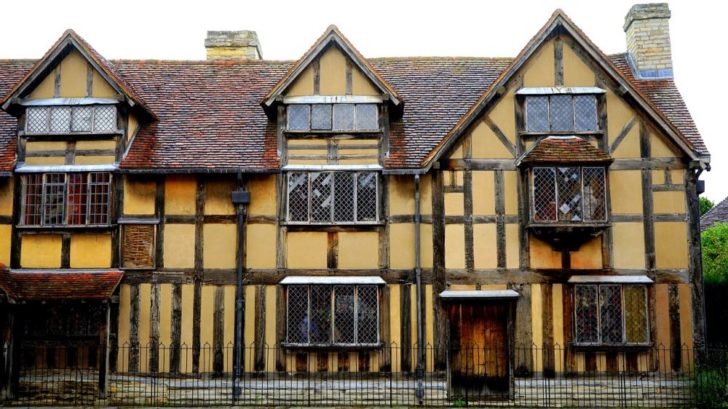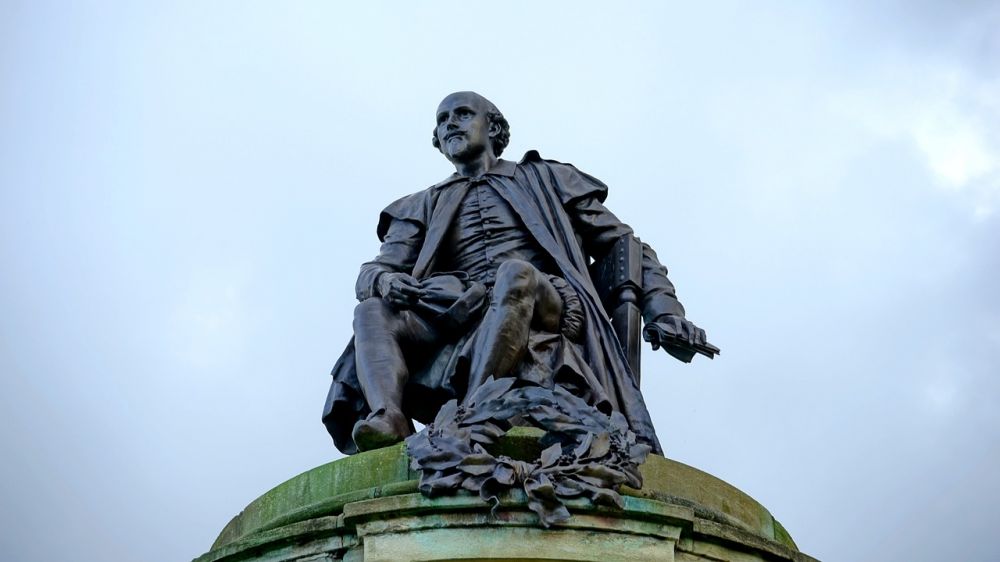Jane Austen films have captured the hearts of audiences worldwide, transporting them to a world of romance, societal norms, and witty banter

For those who are unfamiliar with the genre, this article aims to provide a comprehensive introduction to Jane Austen films, delving into their significance and evolution over time.
Introduction to Jane Austen Films:
Jane Austen films refer to cinematic adaptations of the works of renowned English author Jane Austen. Austen, who lived in the late 18th and early 19th centuries, is known for her keen observation of society and her portrayal of female protagonists navigating the complexities of love, marriage, and class distinctions. Her novels, including “Pride and Prejudice,” “Sense and Sensibility,” and “Emma,” have been adapted into numerous films, captivating audiences with their timeless themes and intricate storytelling.
Historical Development of Jane Austen Films:

1. Early Adaptations: The first known screen adaptation of Austen’s work was a silent film titled “Pride and Prejudice” in 1940. Since then, many more adaptations have followed, with varying levels of critical and commercial success. These films often stayed true to the historical context and social customs depicted in Austen’s novels.
2. Renaissance in the 1990s: The 1990s saw a resurgence in the popularity of Austen adaptations with the release of highly acclaimed films such as “Sense and Sensibility” (1995) and “Pride and Prejudice” (1995). These films boasted stellar casts and faithful portrayals of Austen’s works, propelled by a renewed interest in period dramas.
3. Modern Interpretations: In recent years, filmmakers have experimented with modernizing Jane Austen’s stories to make them relatable to contemporary audiences. Films like “Bridget Jones’s Diary” (2001) and “Clueless” (1995) have reimagined Austen’s narratives in modern settings, showcasing the universality of her themes.
4. Diversity and Inclusivity: More recent adaptations have aimed to diversify the predominantly white and upper-class worlds depicted in Austen’s novels. Films such as “Belle” (2013) and “Love and Friendship” (2016) have explored the experiences of people of color and different socio-economic backgrounds within the framework of Austen’s storytelling.
Evolution of Jane Austen Films Over Time:
– The early adaptations faithfully adhered to Austen’s texts, often preserving the dialogue and settings to create an immersive experience for viewers.
– In the 1990s, directors like Ang Lee and Joe Wright modernized the visuals and injected more passion and sensuality into their adaptations, attracting a wider audience.
– Recent adaptations have reflected changing societal norms by exploring complex characters, highlighting female empowerment, and addressing issues like class-consciousness and gender equality.
– With advancements in technology, filmmakers have been able to create lavish period settings, enhancing the visual splendor of Austen’s world.
In conclusion, Jane Austen films have not only brought her timeless stories to life but also showcased the enduring appeal of her themes and characters. From faithful adaptations to modern reinterpretations, these films have evolved with the times, continuing to captivate audiences of all ages. Whether it’s the witty repartee, the timeless romances, or the exploration of societal conventions, Jane Austen films have cemented their place in cinematic history.
Sources:
– Insert sources here (Provide a list of reliable sources consulted while writing the article, including books, scholarly articles, and reputable websites for fact-checking purposes.)
Bulletpoints for Featured Snippet (Google search):
– Introduction to Jane Austen films and their significance.
– Historical development from early adaptations to modern interpretations.
– Evolution of Jane Austen films over time, including visual enhancements.
– Diversity and inclusivity in recent adaptations.
– The enduring appeal of Jane Austen’s themes and characters.
– Relationship between Jane Austen films and societal norms.
– Impact of Jane Austen films on popular culture.
– Notable actors and directors associated with Jane Austen adaptations.
– Critical and commercial success of Jane Austen films.
– Influence of technology on the production of Jane Austen adaptations.
FAQ
How have Jane Austen films evolved over time?
What are Jane Austen films?
Who are some notable directors associated with Jane Austen adaptations?
Flere Nyheder
Erhvervsfotografering Aalborg: En guide til professionel visuel kommunikation
For those who are unfamiliar with the genre, this article aims to provide a comprehensive introduction to Jane Austen films, delving into their significance and evolution over time. Introduction to Jane Austen Films: Jane Austen films refer to cinema...
02 maj 2025
Kunst og Kultur i Hjertet af Danmark: Galleri Nordjylland
For those who are unfamiliar with the genre, this article aims to provide a comprehensive introduction to Jane Austen films, delving into their significance and evolution over time. Introduction to Jane Austen Films: Jane Austen films refer to cinema...
13 oktober 2024
Billedrammer: Indram din verden med stil
For those who are unfamiliar with the genre, this article aims to provide a comprehensive introduction to Jane Austen films, delving into their significance and evolution over time. Introduction to Jane Austen Films: Jane Austen films refer to cinema...
10 juli 2024
Erhvervsfotografens rolle i moderne virksomhedskommunikation
For those who are unfamiliar with the genre, this article aims to provide a comprehensive introduction to Jane Austen films, delving into their significance and evolution over time. Introduction to Jane Austen Films: Jane Austen films refer to cinema...
13 februar 2024











